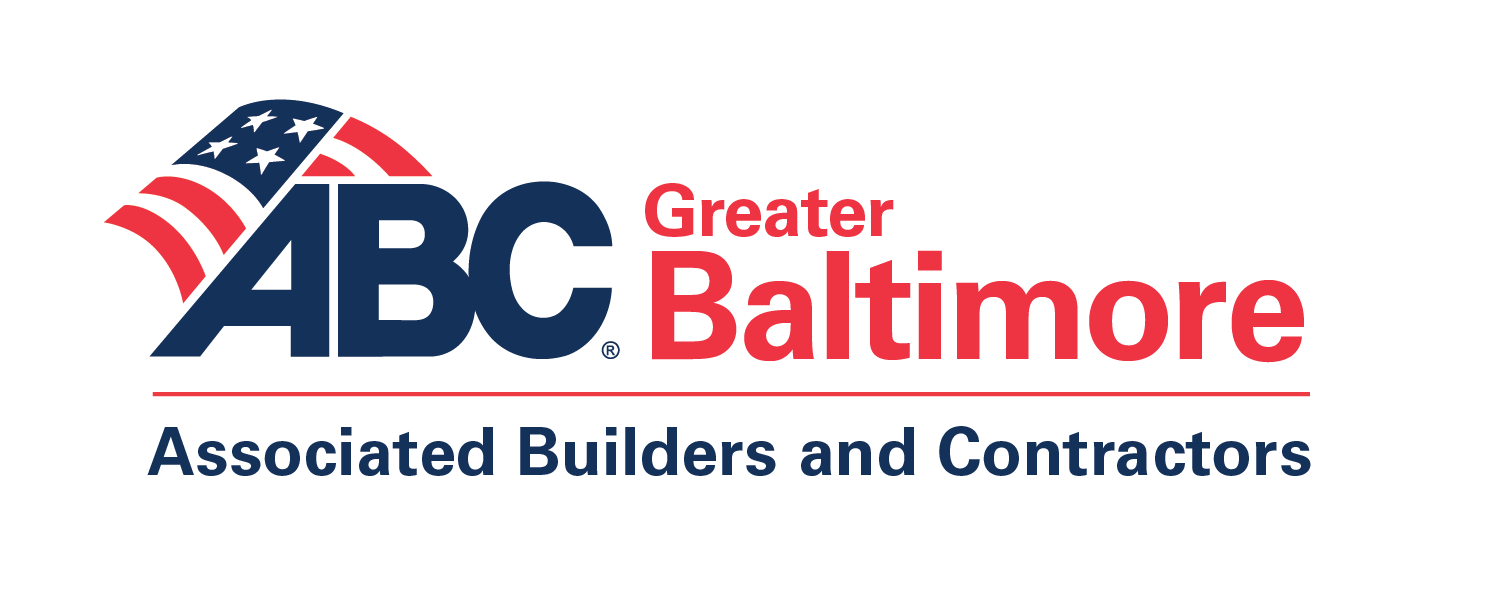EO bars Maryland workers from majority of taxpayer-funded construction projects
On November 17, Governor Moore issued an executive order that requires the consideration of union-only-project labor agreements (PLAs) on construction contracts where the state’s financial commitment is $20 million or greater. The net result of this action will severely hinder more than 90% of
Maryland’s construction workforce from participating on such taxpayer-funded projects.
The announcement was made at a press conference in Baltimore.
The overwhelming majority of public and private construction projects in Maryland are built by skilled craft professionals who have chosen not to carry a union card. The implementation of a union-only PLA severely restricts opportunities for Maryland workers, thus opening the door to out-of-state contractors and employees who are union-affiliated.
This executive order fails to take into consideration the impact PLAs will have on the cost of construction. As PLAs effectively eliminate 90 percent of competition, costs will invariably increase, often dramatically. Numerous academic studies have compared the impact of Union-Only bids versus final construction costs and have found that on average government-mandated Union-Only projects drive up costs between 12 percent and 20 percent compared to projects that are competitively bid
through fair and open competition.
When then-candidate Moore toured ABC’s multi-craft training center in 2022, he acknowledged union-only agreements harm local workers, explaining, “I am not going to sign anything that is going to send Maryland jobs to Pennsylvania and New Jersey.” Unfortunately, we were not consulted prior to the announcement of their executive order.
PLAs require contractors, as a prerequisite for performing work on a public works project, to sign an agreement with organized labor. Standard in these contracts are provisions that require the use of Union hiring halls for workers, effectively requiring non-union companies to forgo their Maryland workforce and instead hire unfamiliar workers, the majority of which will be from outside Maryland. Union hiring rules give preference to their members with seniority, regardless of where they are from. This provision alone will have a devastating impact on Maryland’s construction workforce.
Additionally, every worker, union member or not, is often required to make contributions to the Unions’ training, pension, and health care plans, regardless of whether they benefit from the plans or receive duplicative benefits from their employer. These requirements will effectively bar Maryland’s construction firms from competing for these projects.
Despite broad-based claims that PLAs benefit historically disadvantaged communities and businesses, one needs to only look to Philadelphia to see contrary evidence. Philadelphia’s construction market is dominated by organized labor, and PLAs are often utilized on public works projects. However, the skilled
trades remain overwhelmingly white and W/MBE businesses struggle to get opportunities.**
We have reached out to the Moore Administration and will seek to work on the criteria by which projects will be selected for application of PLAs. Stay tuned for additional information. In the coming days, we will need our members to be active and vocal in helping to forthcoming policy that does not hinder ABC businesses and Maryland’s construction workforce from building taxpayer-funded infrastructure
projects.
ABC represents nearly 1500 firms in Maryland between the Chesapeake Shores, Cumberland Valley, Greater Baltimore, and Metro Washington chapters.
ABC also operates the state’s largest multi-craft apprenticeship program.
*According to Georgia State University’s www.unionstats.com organized labor
represents fewer than 9% of Maryland’s construction workforce.
** (“How Black Workers Got Locked Out of Constructions Best Jobs,” August 30, 2022, “Why Philly’s Construction Trades Are So White,” Sept 1, 2022)

